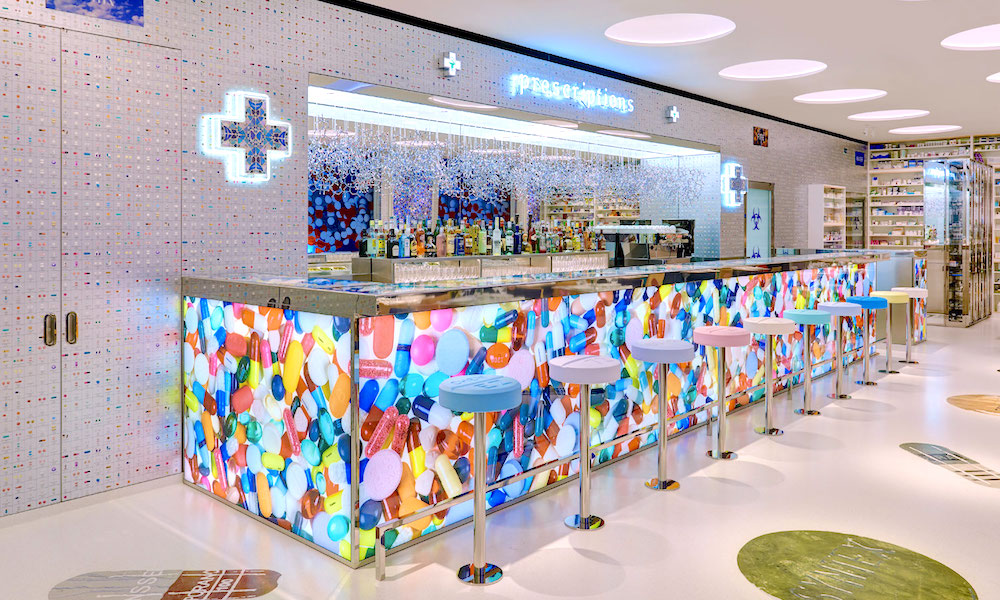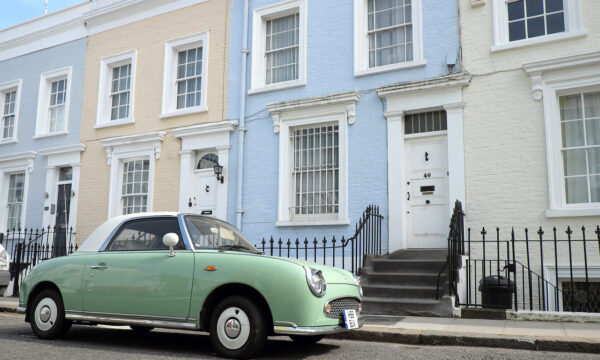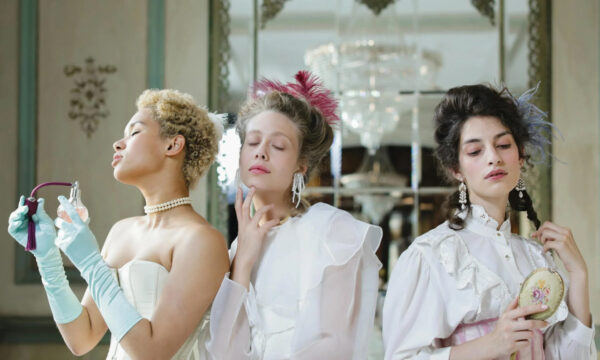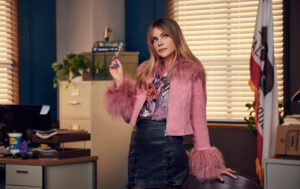The strange relationship between art and food

In the 60-plus years since graduating from art school, Peter Blake has seemingly done it all, from designing some of the most iconic record sleeves of all time, being exhibited in some of the world’s most prestigious galleries, and was knighted fifteen years ago for his services to art. Last month, however, Blake turned his hand to designing an entirely new venture—a floating restaurant near Paddington station.
Yet Blake isn’t the only artist to turn his hand to restaurant design in the last few years; over a decade after the closure of Damien Hirst’s Pharmacy eaterie, the enfant terrible of the Young British Artists has unveiled Pharmacy 2 on the second floor of his own gallery. Indeed, dig deep enough and you’ll find that both art and food have a running preoccupation with each other.
Think about it—in art classes, our teachers asked us to paint bowls of fruit, and now we take artsy Instagram pictures of our meals as they arrive at our tables. With paintings in almost every restaurant, and cafés in almost every gallery, why do the food and art worlds complement each other so well?
Restaurants have been galleries for decades
In the decadent Mad Men era of fifties and sixties New York, restaurants began buying—and commissioning—paintings to hang on the walls for the visual enjoyment of admiring diners. This trend has continued to the present day; Michel Roux Jr told The Independent that the art hung in his restaurant, Le Gavroche, “asks questions and feeds your mind, while we feed your body.” The Four Seasons’ current owner has said (more prosaically) that hanging paintings by prominent artists is “an additional attraction to bring people in.”
Mark Rothko’s Seagram murals are one of the most famous examples of art commissioned by restaurants, originally requested by the Four Seasons hotel, shortly after the hotel’s dining room had displayed an original Jackson Pollock piece. Rothko ultimately cancelled his agreement with the hotel, for reasons which remain unclear, and the artist died at the start of the seventies.
But artists are themselves branching into the restaurant game. In some cases, these eateries set out to be a statement in and of themselves, such as the Conflict Kitchen (which “serves cuisine from countries with which the United States is in conflict”). Vogue notes that this is just as often a result of artists wanting to branch out into new business enterprises as it is a new method of self-expression. However, much has been written about how the way food is presented on a plate is an art form in and of itself; one restaurateur noting the aesthetically-pleasing geometry of the “lines, arcs, circles and triangles” which make up the “skeleton of plate presentation.”
You can represent food on the canvas…
Just as restaurants have long been concerned with design, decoration and filling their walls with thought-provoking art, so too have artists used food and drink as a form of inspiration. Still life, a genre of paintings of food, flowers and other objects which the Tate describes as “a celebration of material pleasures,” has been in existence almost as long as art itself.
This obsession with painting food and drink, and the venues at which they are consumed, continued through to the 20th century, with Edward Hopper’s “Nighthawks” using the setting of a sparsely populated diner to “paint…the loneliness of a large city.” Andy Warhol’s infamous pop art Campbell’s soup cans took the idea to its postmodern conclusion, painting the packaging of the food rather than a bowl of soup itself. By painting multiple versions of the same painting, Warhol sought to reflect the homogeneity of supermarket shelves, whilst also seeking to diminish whatever sense of wider meaning an audience could think to find in the work.
…but sometimes food is the canvas
Of course, one issue with food being used as art material is that much of it is perishable, and could therefore not be exhibited for long without it beginning to rot. Then again, some artists have used this to their advantage, with Dieter Roth’s “Staple Cheese (A Race)”—a work made up of 37 suitcases, each filled with blocks of cheese— being designed to decay. The Smithsonian notes that when the gallery threatened to call in the health inspectors after becoming overrun with flies, Roth’s response was that “the insects were in fact his intended audience.”
Maybe, like the old adage about journalists and novelists, all artists are failed chefs (and vice versa). Yet food is increasingly being considered an artistic medium in itself, bolstered by its multisensory reach. One Japanese artist has even brought fashion into the already-complicated mixture, creating what he calls “shoe-shi”—edible recreations of designer sneakers made from sushi ingredients. From molecular gastronomy to the rising popularity of the artisan food movement, the lines are continuing to blur.
The editorial unit



















Facebook
Twitter
Instagram
YouTube
RSS